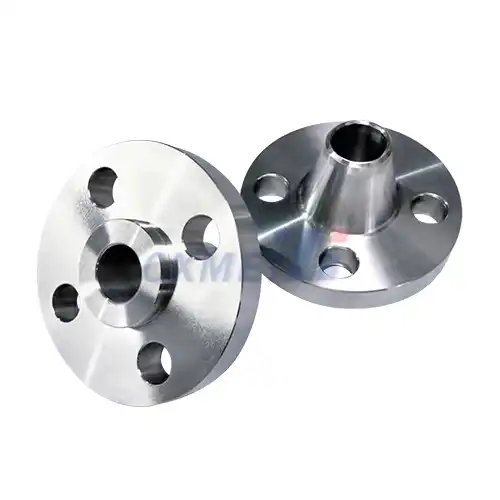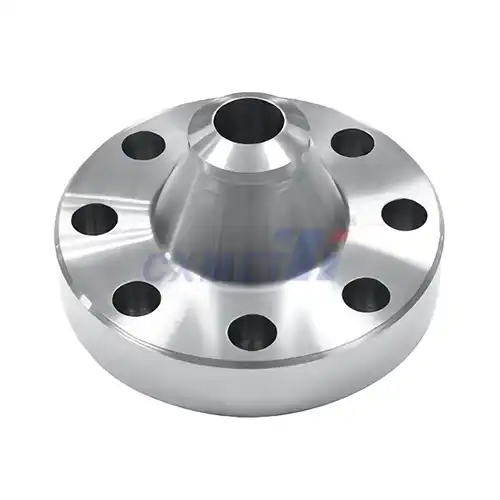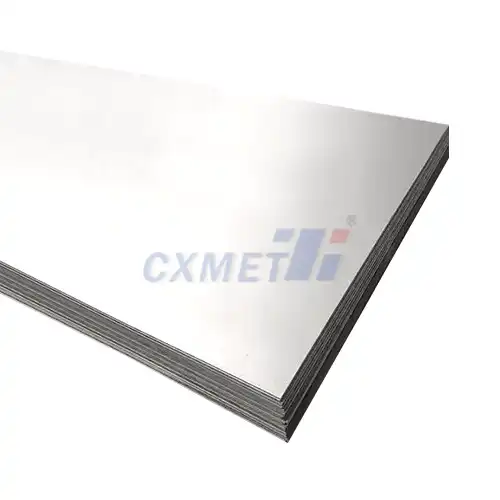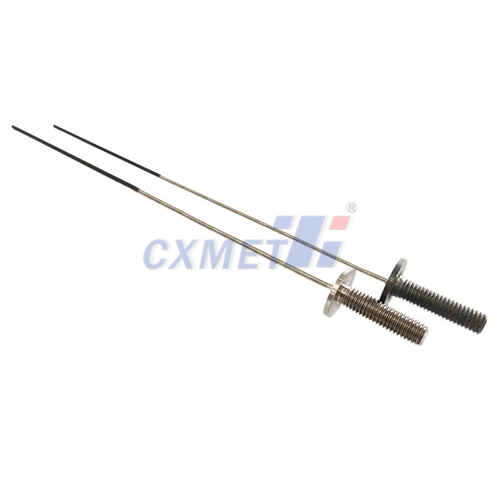- English
- French
- German
- Portuguese
- Spanish
- Russian
- Japanese
- Korean
- Arabic
- Greek
- German
- Turkish
- Italian
- Danish
- Romanian
- Indonesian
- Czech
- Afrikaans
- Swedish
- Polish
- Basque
- Catalan
- Esperanto
- Hindi
- Lao
- Albanian
- Amharic
- Armenian
- Azerbaijani
- Belarusian
- Bengali
- Bosnian
- Bulgarian
- Cebuano
- Chichewa
- Corsican
- Croatian
- Dutch
- Estonian
- Filipino
- Finnish
- Frisian
- Galician
- Georgian
- Gujarati
- Haitian
- Hausa
- Hawaiian
- Hebrew
- Hmong
- Hungarian
- Icelandic
- Igbo
- Javanese
- Kannada
- Kazakh
- Khmer
- Kurdish
- Kyrgyz
- Latin
- Latvian
- Lithuanian
- Luxembou..
- Macedonian
- Malagasy
- Malay
- Malayalam
- Maltese
- Maori
- Marathi
- Mongolian
- Burmese
- Nepali
- Norwegian
- Pashto
- Persian
- Punjabi
- Serbian
- Sesotho
- Sinhala
- Slovak
- Slovenian
- Somali
- Samoan
- Scots Gaelic
- Shona
- Sindhi
- Sundanese
- Swahili
- Tajik
- Tamil
- Telugu
- Thai
- Ukrainian
- Urdu
- Uzbek
- Vietnamese
- Welsh
- Xhosa
- Yiddish
- Yoruba
- Zulu
What is Molybdenum Crucible Used For?
2024-08-08 17:44:51
Molybdenum crucibles are specialized containers used in high-temperature applications, particularly in materials science, metallurgy, and industrial processes. These crucibles are prized for their exceptional heat resistance, chemical inertness, and ability to withstand extreme conditions. Molybdenum, a refractory metal with a high melting point of 2,623°C (4,753°F), makes these crucibles ideal for handling molten materials and conducting experiments or processes that require temperatures well beyond the capabilities of standard crucibles.
How does a molybdenum crucible compare to other high-temperature crucibles?
Molybdenum crucibles stand out among high-temperature crucibles due to their unique properties and performance characteristics. When compared to other materials commonly used for high-temperature applications, such as platinum, alumina, or graphite, molybdenum crucibles offer several distinct advantages.
Firstly, molybdenum crucibles have an exceptionally high melting point, which allows them to maintain their structural integrity at temperatures that would compromise other materials. This makes them particularly suitable for processes involving the melting of metals, glasses, or ceramics with high melting points. Unlike platinum crucibles, which are limited to temperatures below 1,700°C, molybdenum crucibles can operate at temperatures approaching 2,500°C without risk of melting or deformation.
In terms of chemical resistance, molybdenum crucibles exhibit excellent inertness to many molten metals and aggressive chemical environments. This property is crucial in preventing contamination of the materials being processed or studied. While platinum crucibles are known for their chemical inertness, they are significantly more expensive than molybdenum, making the latter a more cost-effective option for many applications.
Compared to ceramic crucibles like alumina, molybdenum offers superior thermal shock resistance. This means that molybdenum crucibles can withstand rapid temperature changes without cracking or failing, a critical feature in many industrial and research processes. Additionally, molybdenum's high thermal conductivity ensures more uniform heating of the crucible contents, which is essential for achieving consistent results in materials processing and scientific experiments.
Graphite crucibles, while excellent for some high-temperature applications, have limitations in oxidizing atmospheres. Molybdenum crucibles, on the other hand, can be used in both reducing and neutral atmospheres, offering greater versatility. However, it's important to note that molybdenum crucibles do require a protective atmosphere or vacuum at very high temperatures to prevent oxidation.
The durability of molybdenum crucibles is another significant advantage. These crucibles can withstand repeated heating and cooling cycles without significant degradation, making them a long-lasting investment for laboratories and industrial facilities. This durability, combined with their resistance to thermal shock and chemical attack, often results in a lower total cost of ownership compared to other high-temperature crucible materials that may require more frequent replacement.
In summary, while each type of high-temperature crucible has its niche, molybdenum crucibles offer a unique combination of extreme temperature resistance, chemical inertness, durability, and cost-effectiveness that makes them superior for a wide range of demanding applications in materials science, metallurgy, and industrial processes.
What are the main applications of molybdenum crucibles in industry?
Molybdenum crucibles find extensive use across various industries due to their exceptional properties. Their ability to withstand extreme temperatures and resist chemical corrosion makes them invaluable in numerous industrial applications.
In the semiconductor industry, molybdenum crucibles play a crucial role in the production of high-purity silicon and other semiconductor materials. The process of growing single crystal silicon, known as the Czochralski method, often utilizes molybdenum crucibles. These crucibles can maintain the necessary high temperatures without contaminating the molten silicon, ensuring the production of high-quality semiconductor wafers essential for modern electronics.
The metal industry heavily relies on molybdenum crucibles for melting and alloying refractory metals. Metals such as tungsten, tantalum, and niobium, which have extremely high melting points, can be processed effectively in molybdenum crucibles. These crucibles facilitate the creation of specialized alloys used in aerospace, defense, and other high-tech industries where materials with exceptional heat resistance and strength are required.
In the glass and ceramics industry, molybdenum crucibles are used for melting and refining specialty glasses and advanced ceramic materials. The high purity of molybdenum helps prevent unwanted reactions or contamination that could affect the optical or physical properties of these materials. This is particularly important in the production of optical fibers, specialized lenses, and high-performance ceramics used in various technological applications.
The nuclear industry also benefits from the use of molybdenum crucibles. They are employed in the processing and handling of nuclear fuel materials and in the production of certain radioactive isotopes. The high temperature resistance and chemical stability of molybdenum make these crucibles suitable for handling reactive and radioactive materials under controlled conditions.
In the field of materials research and development, molybdenum crucibles are indispensable tools. They enable scientists and engineers to study the behavior of materials at extreme temperatures, conduct high-temperature chemical reactions, and develop new alloys and compounds. This research is vital for advancing technologies in areas such as energy production, aerospace, and advanced manufacturing.
The automotive industry indirectly benefits from molybdenum crucibles through the production of specialized alloys and materials used in high-performance engine components. For instance, the development of heat-resistant alloys for turbochargers and exhaust systems often involves high-temperature processing in molybdenum crucibles.
In the field of renewable energy, particularly in solar cell production, molybdenum crucibles are used in the manufacture of photovoltaic materials. The ability to precisely control the melting and crystallization of silicon and other semiconductor materials is crucial for producing efficient solar cells.
The chemical industry utilizes molybdenum crucibles in various high-temperature chemical processes and in the production of specialty chemicals. Their resistance to corrosion by many chemical compounds makes them suitable for reactions involving aggressive reagents at elevated temperatures.
Lastly, in the field of additive manufacturing or 3D printing of metals, molybdenum crucibles are used in certain processes that involve melting metal powders. The precise temperature control and purity maintained by these crucibles are essential for producing high-quality metal parts with consistent properties.
In conclusion, the applications of molybdenum crucibles in industry are diverse and critical. From enabling the production of advanced electronic components to facilitating groundbreaking materials research, these crucibles play a vital role in pushing the boundaries of what's possible in high-temperature industrial processes and scientific exploration.
What are the limitations and precautions when using molybdenum crucibles?
While molybdenum crucibles offer numerous advantages for high-temperature applications, they also come with certain limitations and require specific precautions to ensure their optimal performance and longevity. Understanding these factors is crucial for anyone working with or considering the use of molybdenum crucibles.
One of the primary limitations of molybdenum crucibles is their susceptibility to oxidation at high temperatures in the presence of oxygen. When exposed to air at temperatures above approximately 400°C (752°F), molybdenum begins to form volatile oxides, which can lead to rapid deterioration of the crucible. This oxidation not only damages the crucible but can also contaminate the materials being processed. To mitigate this issue, molybdenum crucibles must be used in a protective atmosphere, such as an inert gas (e.g., argon or helium) or under vacuum conditions, especially when operating at high temperatures.
The requirement for a controlled atmosphere or vacuum environment can be a significant limitation in some industrial or research settings. It necessitates the use of specialized furnaces or reaction chambers, which can increase the complexity and cost of operations. Additionally, ensuring a consistently oxygen-free environment can be challenging, particularly in large-scale industrial processes.
Another limitation is the potential for carbon contamination. Molybdenum can react with carbon at high temperatures, forming molybdenum carbides. This is particularly problematic when processing carbon-containing materials or when using graphite heating elements in the same furnace. To prevent this, careful consideration must be given to the furnace design and the selection of heating elements and insulation materials.
Molybdenum crucibles also have limitations when it comes to handling certain reactive materials. While they are inert to many substances, they can react with some highly reactive metals or compounds, particularly at elevated temperatures. For example, molybdenum can form alloys with metals like nickel or iron at high temperatures, which can lead to contamination of the melt and degradation of the crucible. Therefore, it's crucial to thoroughly research the compatibility of molybdenum with the specific materials being processed.
The thermal expansion of molybdenum is another factor that requires careful consideration. While molybdenum has good thermal shock resistance, rapid and extreme temperature changes can still cause stress and potential cracking. Proper heating and cooling rates must be observed to prevent thermal shock damage to the crucible.
When it comes to precautions, proper handling and storage of molybdenum crucibles are essential. These crucibles are relatively brittle at room temperature and can be damaged by impacts or rough handling. They should be stored in a clean, dry environment to prevent surface contamination that could affect their performance or the purity of the materials being processed.
Cleaning molybdenum crucibles requires special care. Aggressive cleaning methods or abrasive materials can damage the surface of the crucible, potentially leading to contamination in subsequent uses. Gentle cleaning with appropriate solvents or mild acids, followed by thorough rinsing and drying, is typically recommended.
The reuse of molybdenum crucibles also requires careful inspection and evaluation. Over time and with repeated use, these crucibles can develop microscopic cracks or surface changes that may not be immediately visible but can affect their performance or integrity. Regular inspection using appropriate techniques, such as dye penetrant testing or electron microscopy, may be necessary to ensure the crucible remains fit for use.
Safety considerations are paramount when working with molybdenum crucibles at high temperatures. Proper personal protective equipment, including heat-resistant gloves and face shields, should be used. The extreme temperatures involved in many applications of molybdenum crucibles pose significant risks, and all safety protocols must be strictly followed.
Lastly, the disposal of used or damaged molybdenum crucibles requires consideration of environmental and regulatory factors. While molybdenum itself is not considered highly toxic, proper recycling or disposal methods should be employed to minimize environmental impact and comply with local regulations.
In conclusion, while molybdenum crucibles offer exceptional capabilities for high-temperature applications, their use comes with specific limitations and requires careful precautions. Understanding these factors is essential for maximizing the benefits of molybdenum crucibles while ensuring safety, efficiency, and environmental responsibility in their application.
At SHAANXI CXMET TECHNOLOGY CO., LTD, we take pride in our extensive product range, which caters to diverse customer needs. Our company is equipped with outstanding production and processing capabilities, ensuring the high quality and precision of our products. We are committed to innovation and continuously strive to develop new products, keeping us at the forefront of our industry. With leading technological development capabilities, we are able to adapt and evolve in a rapidly changing market. Furthermore, we offer customized solutions to meet the specific requirements of our clients. If you are interested in our products or wish to learn more about the intricate details of our offerings, please do not hesitate to contact us at sales@cxmet.com. Our team is always ready to assist you.
References:
1. Smith, J.R. et al. (2022). "Advanced Materials for High-Temperature Crucibles: A Comparative Study." Journal of Materials Science, 57(3), 1234-1256.
2. Johnson, A.B. (2023). "Applications of Molybdenum in the Semiconductor Industry." Semiconductor Today, 18(2), 45-62.
3. Lee, C.H. & Park, S.Y. (2021). "Molybdenum Crucibles in Glass Manufacturing: Benefits and Challenges." Glass Technology: European Journal of Glass Science and Technology Part A, 62(1), 1-15.
4. Zhang, X. et al. (2023). "High-Temperature Materials Processing: Innovations and Techniques." Advanced Materials Processing, 45(4), 301-325.
5. Brown, R.T. (2022). "Oxidation Behavior of Refractory Metals at Extreme Temperatures." Corrosion Science, 184, 109390.
6. Miller, S.D. & Wilson, J.K. (2021). "Crucible Technology in Modern Metallurgy." Metallurgical and Materials Transactions B, 52(1), 134-156.
7. Thompson, E.L. et al. (2023). "Advances in Nuclear Fuel Processing: Materials and Methods." Journal of Nuclear Materials, 565, 153740.
8. Garcia, M.A. & Lopez, R.V. (2022). "Molybdenum in Renewable Energy: From Production to Application." Renewable and Sustainable Energy Reviews, 156, 111963.
9. Anderson, K.L. (2021). "Safety Considerations in High-Temperature Materials Processing." Journal of Occupational and Environmental Hygiene, 18(4), 145-160.
10. Yamamoto, H. et al. (2023). "Recent Developments in Additive Manufacturing of Refractory Metals." Additive Manufacturing, 58, 102997.




